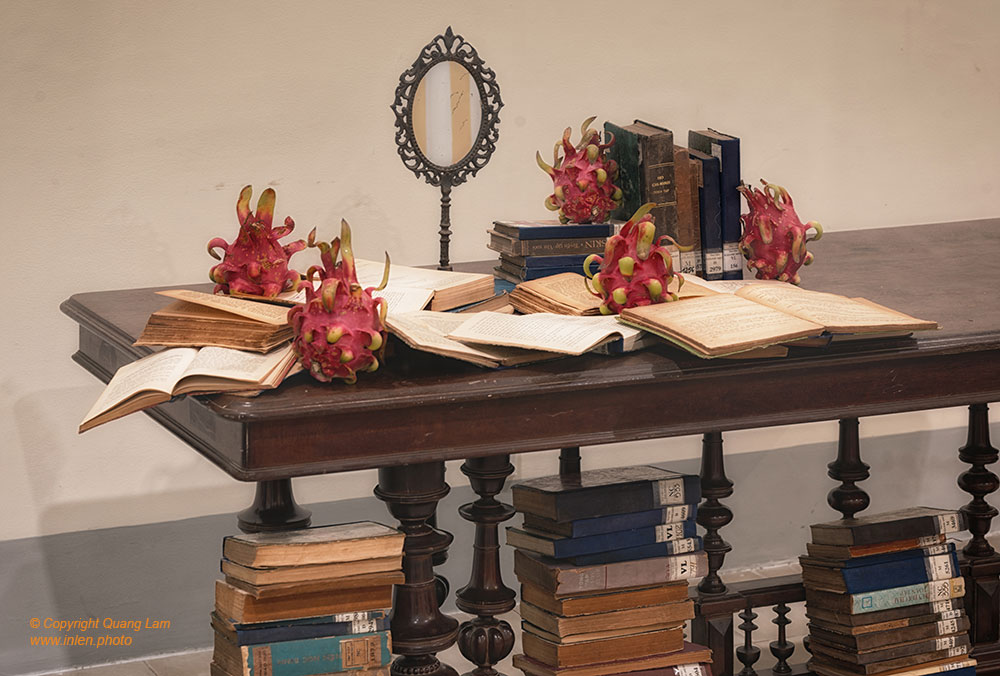Additional information
| Format | |
|---|---|
| Photographer |
$500.00
According to ancient Vietnamese mythology, the Vietnamese people are descendants of a dragon, Lạc Long Quân, and a fairy, Âu Cơ, who had 100 children from 100 eggs. The recent history of Vietnam, as portrayed in this series, is illustrated through a fusion of images intertwined with architectural and mythological elements.
This picture is related to the revolutionary group called the Five Dragons founded in 1920 by Nguyên Ai Quôc—who would later become known as Ho Chi Minh. This influential group included significant figures such as Phan Châu Trinh, Nguyên An Ninh, Phan Van Truong, and Nguyễn Thế Truyền, each contributing to the socio-political landscape of Vietnam during a time of upheaval and change.
Primarily intellectual yet driven by a spirit of action, they drew inspiration from modern ideologies to forge a path toward the liberation of their country.
Tag: Indochina| Format | |
|---|---|
| Photographer |
Format A3 (30x42cm)
if the artwork is square, it will be 30cm large
Format A2 (42x59cm)
if the artwork is square, it will be 42cm large
Others formats : bigger formats up to 1 meter are available. Please send us a request
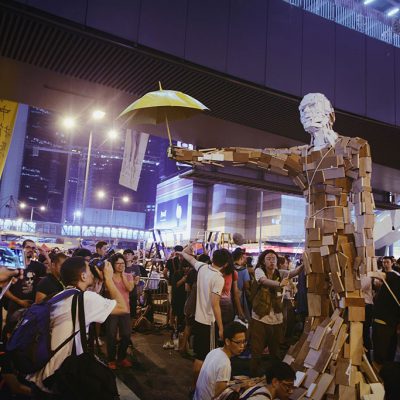

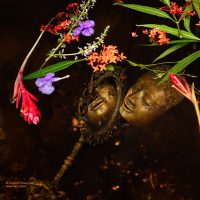
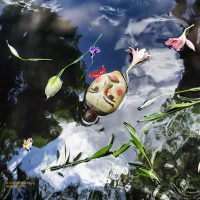
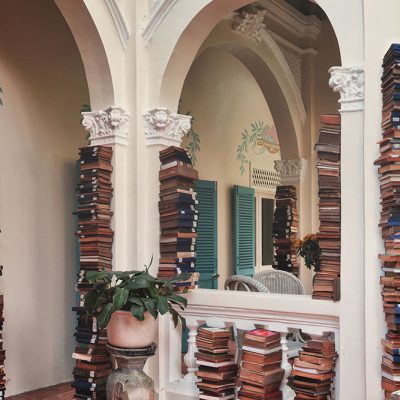

You can see this artwork in the whole context of its series. You also can order the following photos which are at a similar price
This series intricately depicts selected nodes of the different threads woven throughout the last century of Vietnamese history, employing narrative elements reminiscent of a compelling tale.
According to ancient Vietnamese mythology, the people of Vietnam are believed to be descendants of a dragon and an Immortal. The prominent myth of the origins of the Vietnamese people involves Lạc Long Quân, a dragon lord, and Âu Cơ, a fairy, who had 100 children from 100 eggs. Upon their separation, Lạc Long Quân took 50 sons to the shore, while Âu Cơ took the other 50 to the mountains.
For modern history of Vietnam, this series takes the fruits of the dragons as the symbol of the eggs and along the various pictures combines with architectural elements and books elements to compose the timeline of contemporary Vietnam.
In 1920, Nguyên Ai Quôc—who would later become known as Ho Chi Minh—founded a revolutionary group called the Five Dragons, or the Gobelins Group, named after the street in Paris where its members met. This influential group included significant figures such as Phan Châu Trinh, Nguyên An Ninh, Phan Van Truong, and Nguyễn Thế Truyền, each contributing to the socio-political landscape of Vietnam during a time of upheaval and change.
Throughout the 20th century, the diverse influences of colonialism and Marxism, combined with the unique originality of Vietnamese literature, have profoundly nourished the Vietnamese spirit. This dynamic intersection of ideas has shaped a rich cultural narrative that endures to this day.
The photographed books showcased in this series originate from the official library of Phu Nhuan district. Established shortly after Vietnam’s reunification, these public libraries served as vital access points to a wealth of cultural resources, reflecting the society’s thirst for knowledge and recovery. Furthermore, the images of the index file cabinet utilized to catalog these books serve as a metaphor, encapsulating the body of knowledge that became accessible to the Vietnamese people in the aftermath of war.
In today’s rapidly urbanizing cities, one might ponder the enduring impact of culture and whether the ideologies of the past have faded or evolved into new forms. Contemporary Vietnamese history has been marked by a succession of violent periods, and certain photographs have achieved iconic status worldwide, shifting public perception and awareness. One notable example is the famed “Burning Monk” photograph from 1963, which USA President John F. Kennedy described as “”No news picture in history has generated so much emotion around the world as that one”,” highlighting its profound effect on global consciousness.
Completing this series is the image of the phoenix , a powerful symbol of rebirth and renewal which is oftently paired to the dragon. This evocative fire invites contemplation on how this mythical creature can regenerate by learning from its past while simultaneously choosing to forget certain aspects, a reflection of Vietnam’s own journey of resilience and transformation.



